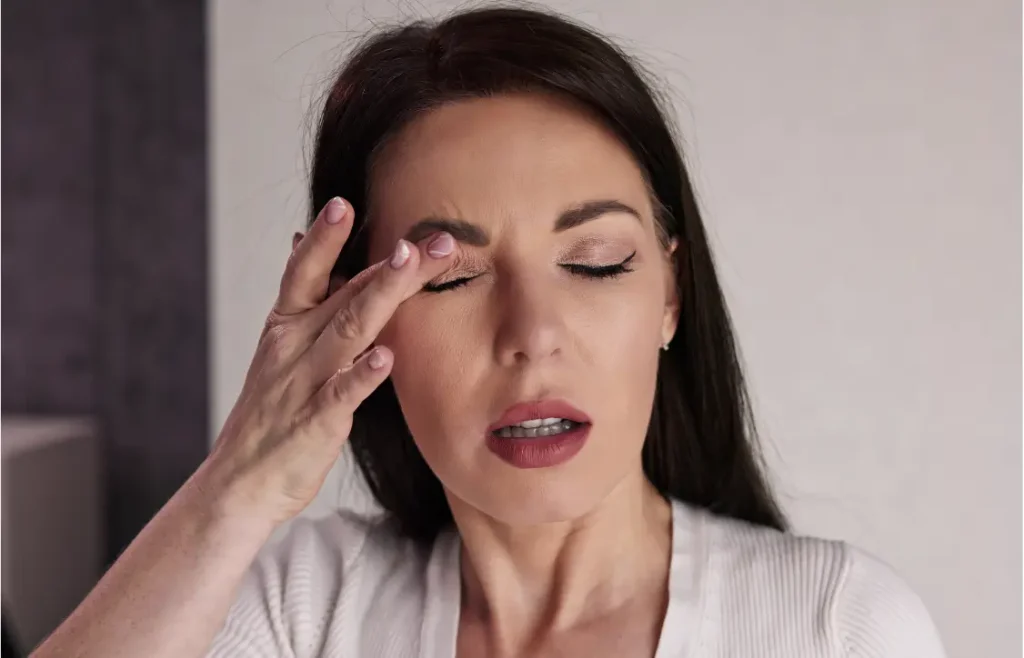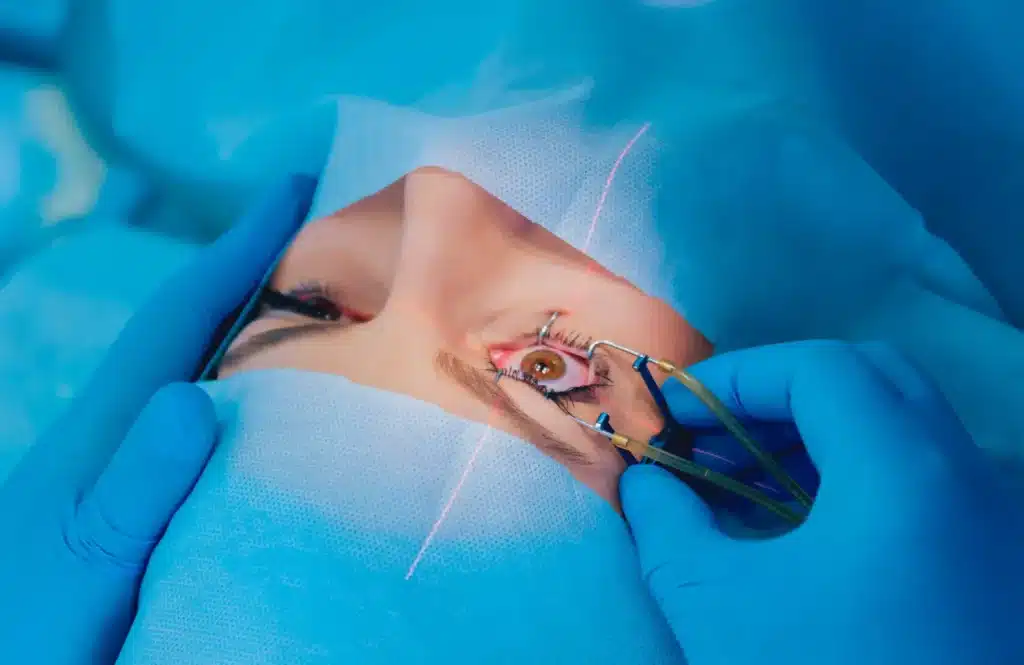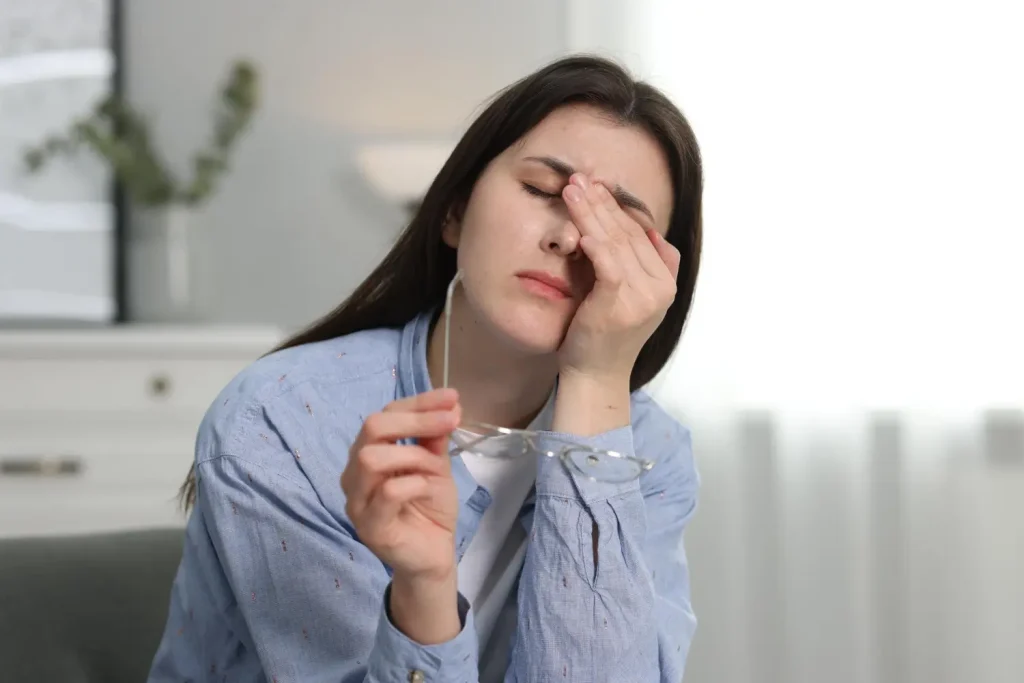Dermal fillers have become a popular choice for reducing wrinkles and rejuvenating skin, but it’s crucial to understand the potential side effects. Studies indicate that severe complications from dermal fillers are rare, with most issues being minor and temporary, such as swelling, bruising, and redness. However, serious side effects like arterial occlusion and infection can occur, highlighting the importance of professional administration and proper aftercare.
Ellanse, a unique dermal filler known for its dual-action benefits, combines immediate volume restoration with long-term collagen stimulation. This polycaprolactone (PCL) microsphere-based product offers lasting results and natural-looking improvements, making it a favored option for facial rejuvenation.
In this article, we will explore the potential problems associated with Ellanse treatments, ranging from common to rare side effects, and discuss how to manage them effectively to ensure safe and satisfactory patient outcomes.
Key Takeaways
- Ellanse treatments may lead to common side effects such as localized swelling, redness, and bruising at the injection site, which typically fade within a few days after the procedure.
- Rare but severe complications with Ellanse include granulomas, nodules, and infections, which require careful patient selection and proper injection techniques to minimize risks.
- Healthcare professionals should be vigilant for early signs of complications, such as unusual swelling, pain, hardness under the skin, and indications of infection, to ensure timely intervention and patient safety.
Common Side Effects of Ellanse Treatments
- Localized Swelling, Redness, and Bruising: Patients treated with Ellanse may notice swelling, redness, and bruising right where they got their shot. These reactions are common and usually go away independently after a few days.
- Duration and Management: Mild and temporary side effects from Ellanse treatments, such as swelling, redness, and bruising at the injection site, are expected. These reactions typically fade within a few days after the procedure.
Rare but Serious Complications with Ellanse
Ellanse is a polycaprolactone-based dermal filler, so its complications can stem from mishandling during procedures or picking the wrong candidates. For example, severe side effects like granuloma are rare but often relate to poor technique or not selecting suitable patients. Here is a better look at serious complications that can come from Ellanse treatments:
- Granulomas and Nodules: Granulomas and nodules can appear after getting Ellanse. They are rare but serious issues caused by a delayed response to the filler material. Doctors must pick patients carefully and use suitable injection methods to lower risks.
- Infections and their Potential Impact: Infections after Ellanse treatments can be severe. Such problems often start at the injection site. Patients might see more swelling, pain, or redness than usual. These signs can show up soon after treatment or days later.
Clinical Data and Case Studies
Doctors often observe common reactions in Ellanse patients, such as redness, swelling, and bruising. These mild side effects typically resolve within a few days. However, more serious issues can occasionally occur, including granulomas or infections. Although rare, these complications require prompt medical intervention to ensure patient safety.
Granulomas, which are inflammatory responses to the filler material, may develop months after the injection. Managing these involves anti-inflammatory injections or, in persistent cases, surgical removal. Ensuring proper injection techniques and careful patient selection significantly reduces these risks.
Medical professionals emphasize quick recognition and treatment of any complications to prevent long-term issues. At this point, patients often compare Ellanse vs Sculptra for the benefits they reap from the procedures.
Guidelines for Early Detection and Intervention
Early signs of complications from Ellanse treatments include unusual swelling, pain beyond typical soreness, and areas of hardness under the skin, which might indicate granulomas or nodules. Watch for redness that spreads or worsens instead of improving, as this could signal an infection. Additional red flags include itching, numbness, and a feeling of heat at the injection site.
Not everyone is a suitable candidate for Ellanse injections. Thoroughly reviewing a patient’s medical history is essential to avoid rare side effects in those who may not be well-suited for the treatment.
Recommendations for Ensuring Patient Safety and Best Outcomes
A thorough patient check-up and explicit consent are crucial steps before starting Ellanse treatments. These actions help identify any potential issues that might cause problems later. Each individual’s skin and health condition are unique, and what works well for one person might not be suitable for another.
A detailed assessment and careful patient selection can reduce risks like granulomas or infections that may not appear immediately but can be severe.
To manage patient expectations with Ellanse treatments, doctors should always begin with a comprehensive assessment, including discussing the patient’s health history and desired outcomes. Clear communication helps set realistic goals. For instance, explaining that redness and swelling are common right after the procedure but usually fade within days is crucial.
Doctors should also discuss rare complications, such as granulomas or infections, even though they occur less often. Ensuring patients understand both the benefits and risks of Ellanse can lead to better satisfaction.
Conclusion
Ellanse treatments can sometimes lead to problems. From swelling and redness to rare issues like granulomas, knowing what could go wrong is vital. Doctors should choose patients carefully and use the proper techniques. This way, they can keep risks low. Ensuring patients understand these possible issues is also vital for their safety and happiness with the results.
FAQs
1. What is Ellanse, and what problems can occur?
Ellanse is a type of dermal filler, but like any treatment, it may have issues. Problems could range from minor side effects to more severe complications.
2. Can you give examples of minor and major problems with Ellanse?
Minor problems might include redness or swelling at the injection site. Major issues could involve allergic reactions or nodules forming under the skin.
3. Is there anything I can do to prevent these Ellanse-related problems?
Choosing a qualified professional for your treatment reduces risks. Aftercare is also crucial – follow all instructions given by your practitioner!
4. What should I do if I experience an issue after my Ellanse treatment?
Don’t panic and contact your healthcare provider immediately. They’ll guide you on the next steps based on your specific situation.
References
Admin N. Side effects of dermal fillers: What you need to know. Dermatology Columbus. Published June 9, 2022. https://www.dermatologycolumbus.com/post/side-effects-of-dermal-fillers-what-you-need-to-know
American Society of Plastic Surgeons. Dermal fillers Risks and Safety. American Society of Plastic Surgeons. https://www.plasticsurgery.org/cosmetic-procedures/dermal-fillers/safety



















